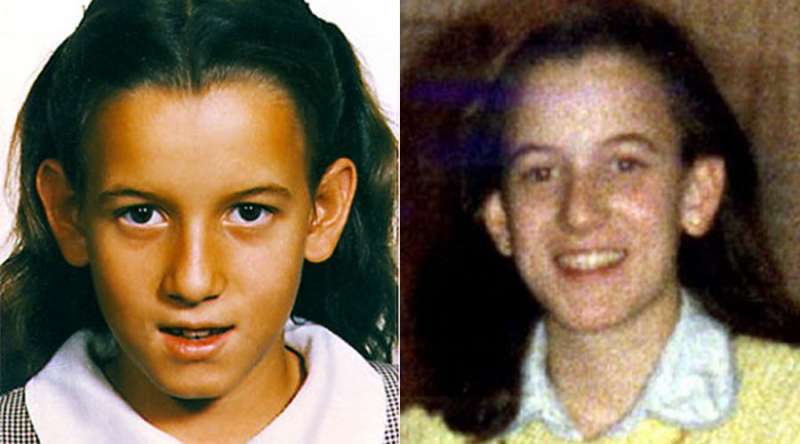A young woman whose cause for sainthood is being considered by the Church demonstrated by her life that “you can be holy living your daily life,” according to one of her closest friends.
Alexia González-Barros was recently declared “venerable” by Pope Francis, a step in the Church process that could lead to canonization. González-Barros died in 1985 at the age of 14, after a ten-month battle with cancer.
Begoña Hernandez, Alexia's classmate and one of her best friends, recalled that the youth lived out her illness “with joy” and trust in God. Hernandez said that she had the “conviction that [González-Barros] was a saint” from the moment that she died in 1985.
Alexia González-Barros was born in Madrid, Spain, in 1971 and was the youngest of seven siblings, two of whom died before they were born. Her parents, Francisco and Moncha, were supernumeraries in Opus Dei.
In February 1985, she was diagnosed with a malignant spinal tumor that quickly led to paralysis. She died in December that same year, just ten months after her diagnosis, in the University of Navarre Clinic in Pamplona, Spain.
During her sickness, the young girl offered her suffering for the Church and for the pope. Several biographies highlight her fortitude, peace and joy despite the severe pain she suffered.
In June, Pope Francis recognized her heroic virtues, the first step in the process of canonization.
The friendship between Begoña and Alexia began in nursery school. “We were in the same class since we were 4 or 5 years old until she died, and we were very close friends,” Hernandez recalled in an interview with ACI Prensa, CNA's Spanish-language sister agency.
“Alexia was a lovely person, joyful, friendly, a normal girl. I remember when I was a teenager I had a diary and I wrote down 'the people that especially help me' and on that list was Alexia. They were very simple things, but she helped me be a better person, to share with others and to not be capricious,” she said.
Hernandez said that “when we learned she could not move, all of us girls in her class went to see her. During her convalescence I continued to visit her and I sincerely say she always exhibited joy. With her you found peace and that was very surprising.”
“You left the hospital with joy and not with anguish or suffering,” Hernandez recalled.
A great help in maintaining hope despite the difficulties was González-Barros' mother, who “always trusted in God and reminded that we are in his hands,” Hernandez said.
During her illness, González-Barros used to repeat “Jesus I want to be healed, but if you don't want that, I want what you want.”
Hernandez said that González-Barros’ fortitude was rooted in her faith, because “she took everything that happened to her from the point of view of faith and that's is why she endured all the suffering so well.”
The process of canonization for González-Barros was opened in the Archdiocese of Madrid in 1993 and was sent on to Rome that same year.
“When Alexia died I had the conviction that my friend was a saint. Since then I have commended myself to her and I know that it has been through her intercession that she helped me on many occasions,” Hernandez said, and assured that that is a common feeling among her other classmates.
Alexia's example shows the world that you can be holy living your daily life in a normal way. And she demonstrated that with her life,” she emphasized.

